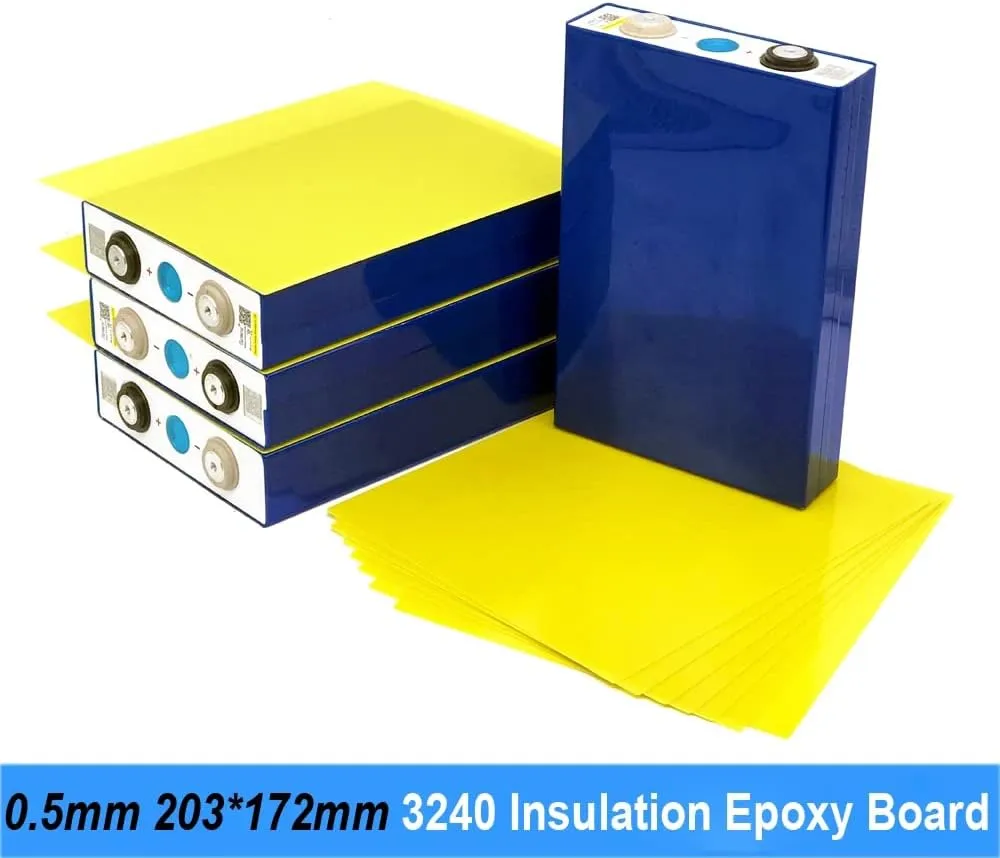Composition and Manufacturing Process
3240 Epoxy Sheet Composition
3240 epoxy sheets are composite materials crafted from a blend of epoxy resin and glass cloth. The manufacturing process involves impregnating layers of glass fabric with epoxy resin, followed by curing under heat and pressure. This process results in a dense, homogeneous material with superior mechanical and electrical properties.
Glass Fiber Sheet Composition
Glass fiber sheets, alternatively, are composed of interwoven glass fibers. These fibers are typically made from silica, alumina, and other oxides. The manufacturing process involves drawing molten glass into fibers, which are then woven into sheets. This structure gives glass fiber sheets their unique combination of strength and flexibility.
Impact of Composition on Properties
The composition of these materials significantly influences their properties. 3240 epoxy sheets benefit from the synergy between the epoxy resin and glass cloth, resulting in enhanced mechanical strength and electrical insulation. Glass fiber sheets, with their woven structure, excel in heat resistance and dimensional stability.
Mechanical and Physical Properties
Strength and Durability
3240 epoxy sheets are highly regarded for their outstanding strength and long-lasting durability. Composed of an epoxy resin matrix reinforced with glass cloth, they deliver impressive tensile and compressive strength, making them ideal for components subjected to mechanical stress or load-bearing conditions. Their rigidity allows for structural applications where minimal deformation is critical. In comparison, glass fiber sheets also exhibit notable strength but are more flexible due to their woven construction, which can be advantageous in dynamic or vibration-prone environments.
Thermal Properties
In high-temperature environments, glass fiber sheets often outperform 3240 epoxy sheets. Their resistance to thermal degradation allows them to maintain structural and insulating properties even under prolonged exposure to elevated temperatures or thermal cycling. This makes them a preferred choice for applications such as insulation in high-heat zones, aerospace components, and industrial ovens. While 3240 epoxy sheets do possess moderate thermal resistance, they may begin to soften or lose structural integrity under continuous high-temperature conditions, limiting their use in extreme heat applications.
Dimensional Stability
Both 3240 epoxy sheets and glass fiber sheets offer reliable dimensional stability, though through different mechanisms. The rigid, thermoset nature of the epoxy resin in 3240 sheets allows them to resist warping or deformation under mechanical and thermal stress. Glass fiber sheets, on the other hand, maintain their form due to the geometric stability of the woven glass fibers. Depending on environmental factors and design requirements, one may be preferred over the other for applications where precise dimensions must be maintained over time.
Electrical Properties and Applications
Electrical Insulation Capabilities
3240 epoxy sheets are highly valued for their exceptional electrical insulation performance, primarily due to the epoxy resin's high dielectric strength. This allows them to effectively prevent electrical conduction even under high-voltage stress, making them suitable for sensitive electrical components. While glass fiber sheets also provide decent insulation, they tend to perform better in low to moderate voltage ranges. For critical applications that demand consistent and reliable insulation in high-voltage environments, 3240 epoxy sheets are generally the preferred choice.
Specific Applications
The unique properties of 3240 epoxy sheets make them indispensable in the electrical and electronics sectors. They are frequently used in the fabrication of printed circuit boards, insulation barriers in switchgear, and structural components in transformers. Their excellent combination of electrical insulation and mechanical strength ensures longevity and reliability. In contrast, glass fiber sheets, known for their lightweight and thermal resistance, are commonly applied in the aerospace, automotive, and marine industries, particularly for structural reinforcements and insulation in high-temperature zones.
Performance in Diverse Environments
3240 epoxy sheets maintain their electrical and mechanical integrity across a wide range of environmental conditions. They resist moisture, chemicals, and temperature fluctuations, making them ideal for harsh industrial settings. Their stability ensures minimal degradation over time. Glass fiber sheets are also robust, but may require protective coatings when exposed to corrosive chemicals or prolonged humidity. Their performance can be enhanced with additional treatments, but in demanding environments, 3240 epoxy sheets tend to offer more consistent and dependable results.
Conclusion
The choice between 3240 epoxy sheets and glass fiber sheets depends on the specific requirements of your application. 3240 epoxy sheets offer superior mechanical strength and electrical insulation, making them ideal for electrical and electronic applications. Glass fiber sheets excel in heat resistance and flexibility, suitable for composite structures and thermal insulation. Understanding these key differences allows for informed decision-making in material selection, ensuring optimal performance and longevity in your projects.
Contact Us
For more information about our range of insulating sheets and to discuss which material best suits your needs, please contact us at info@jhd-material.com. Our team of experts, with over 20 years of experience in producing and selling insulating sheets, is ready to provide you with personalized advice and solutions.






